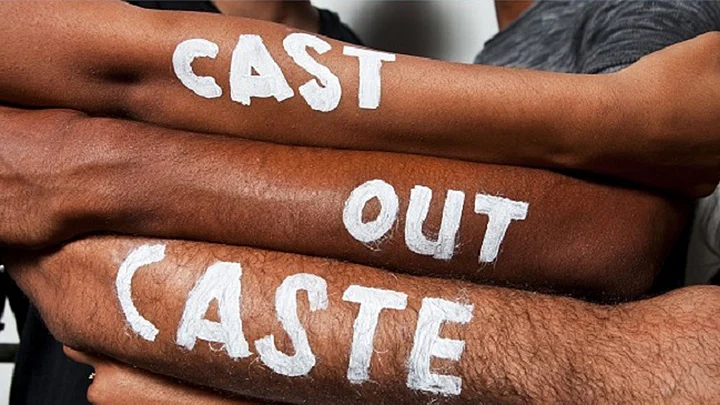A crowdmapping collective that exposed the 2007-08 Kenyan election killings is now being used to document cases of structural caste discrimination in higher education in India.
In the case of the Kenyan crisis, the Ushahidi crowdmap collected reports of violence that Kenyans across the country had been sending through text messages and email from their mobile phones, and placed them on a Google map. This was perhaps the first time crowdmapping was being used for real-life crisis situations, says the Guardian.
Since its first use in 2007, it has been used to coordinate, among other things, the disaster relief efforts following the 2010 earthquake in Haiti, and more recently the earthquake that struck Nepal last year in April 2015.
Ushahidi, in their blog, say people in 159 countries have created more than 90,000 open source deployments since 2008 to gather information from people on the ground, including reports of violence in Syria.
And now, the open-source collective is being used to document cases of Dalit discrimination in institutes of higher education.
The crowd map, Caste Discrimination in Higher Education, built on the Ushahidi open-source software, wants to track data that they say the Indian government has been lax in collecting. They also want to change the narrative from “pathologizing Dalit Bahujan students to understanding how caste apartheid operates on our campuses.”
Till now, over 35 reports have been filed through the software, dated between 17 May 2002 to 9 Feb 2016, most of which are said to be verified. The reports range from discrimination in Banaras Hindu University, to delay in a PhD fellowship in Pune University, to sexual assault by an upper caste student at Bharathidasan University.
Users can submit reports through Ushahidi’s Android and iPhone app, by sending an email at castediscrimination@gmail.com, or via text message and tweets; the software will then aggregate and organize the data into a map or timeline.
This collective comes close on the heels of the suicide of PhD Dalit scholar Rohith Vemula that was labeled as a case of caste oppression and was much politicized.
